If there is one overarching theme of the best-laid plans by TV news organizations for covering the 2024 election night, it is “transparency.”
Wary of what happened four years ago, it seems that every channel is gaming out how best to not only show the numbers, but how the numbers came to be, what they really mean, and why they matter.
In a world where one call by a TV channel can throw a campaign into chaos, everyone involved seems to understand how high the stakes are.
The early Arizona call made by Fox News and the Associated Press in 2020 still looms large in newsrooms. Both parties, of course, ultimately stood by their call, and they were vindicated in the end, but according to executives and on-air talent at multiple TV networks that spoke with The Hollywood Reporter, the lessons of that call are still being felt.
Chris Stirewalt, for example, was on the decision team that called Arizona for Fox News (the team is led by veteran consultant Arnon Mishkin). Stirewalt was let go from Fox in 2021, but now works at the Nexstar-owned cable news channel NewsNation, where he will appear on-air as an analyst.
“There was a sort of Wizard of Oz component, that in some other room, in some other place, there were magical beings that were doing this work of forecasting the outcome of a presidential election,” Stirewalt says. “I don’t think in our fractured and atomized media world, without giants bestride the earth anymore, that works. I think you have to show people what you’re doing, and I think you have to be transparent about what’s up.”
When viewers tune in tonight, pulling back the metaphorical curtain will likely take place in two different ways: Speaking to the data scientists involved, and using technology (and good old fashioned on-air storytelling skills) to make the data a little easier to understand.
When it comes to tech, every network has a gimmick or two (Fox News has augmented reality graphics, for example, while NBC News has a CGI version of Rockefeller Center behind the anchors, lighting up red and blue), but there are also new table stakes in the form of touchscreen data analysis tools. The “Magic Wall” that CNN pioneered in 2008 is now de rigueur, with every network having one, and a data-focused reporter or anchor at the ready to break down the numbers.
John King will once again be on call at CNN, as will Bill Hemmer at Fox, and Tom Llamas on NBC. On MSNBC, Steve Kornacki will hold court, and he will also have a “Kornacki Cam” in the form of a GoPro suction cupped to his desk, letting Peacock users watch him all night long.
“There’s never a gratuitous live shot with Steve Kornacki,” says Meet the Press moderator Kristen Welker. “There’s never a gratuitous word that comes out of his mouth. When he is giving our viewers information, it’s because he thinks it’s critically important and that it highlights these key themes that we’re talking about of this election, whether it’s the gender gap, whether it’s the right track/wrong track number, whether it’s how voters feel about these critical issues that, quite frankly, are going to determine who wins this election” the economy, immigration, reproductive rights, climate change, just to name a few.
“So we like to get into the weeds with Steve Kornacki, and he makes it informative and also, I think, accessible, and that is such a big priority for us, we never want to leave people out of the conversation that we’re having,” she adds.
At Fox, Hemmer’s “Bill-board” will accomplish the same thing, as will his augmented reality graphics.
“One of my favorite new toys that Bill Hemmer has is the one that shows you North Carolina, for example, and how far blue it was in, say, the last four elections, and the two times that it crosses over into red, just barely over the line for Trump. Same thing in Arizona,” says Fox News anchor Martha MacCallum. “When you look at how small some of these changes are, Wisconsin has been decided by a handful, a few thousand votes in the last couple of elections. So I think that really shows people what a heavy lift it is in some of these states to get from one side to the other to win them.”
“In today’s day and age, there are so many things to look at,” her Fox News co-anchor Bret Baier adds. “We want to make sure that they understand what the data is that’s coming in, and do it in different ways that can, to Bill’s point with the augmented reality, just be a little bit more interesting to look at.”
While networks are laser-focused on their TV productions, there is also added emphasis on data-centric content outside the TV glass. CNN, for example, has a version of its Magic Wall inside the CNN app, letting users play with it themselves.
And at NBC News, there is a flurry of explainer content and ancillary content on various social and video channels.
“Steve Kornacki is doing a lot of explainers across TikTok, we have vote cards that will go up instantly across social,” says Rebecca Blumenstein, NBC News president of editorial. “We know that this is a time when people are not sure what to trust in terms of information, but we are making efforts to — in whatever platform people want to consume news — to be there as that trusted choice.”
Perhaps most significantly, the networks seem increasingly inclined to highlight the people making the actual calls, turning to them directly for questions or clarifications.
At Fox News, Baier says that they are ready to pull in Mishkin or other decisionmakers to explain why they are making a call … or why not.
“Especially if it’s close and it’s a really late night, and we’re waiting on some states, we are in the mindset of lifting the curtain and taking them to the people that are looking at the data and having them on and saying, ‘why are we not able to make this call specifically?’ and then have that person say to Bill, ‘go to so and so county,’ and then we can see it visually as the data decision desk person is saying, ‘here’s where we are, we’re stuck with this,'” Baier says. “I think that’s another thing we’ve learned over time, is the more we show, the more transparent we are, I think the better it is for the viewer.”
At NewsNation, meanwhile, the channel is forgoing its forecasting altogether, outsourcing it to Decision Desk HQ, with the channel having cameras and reporters in the room with them at Georgetown. Stirewalt argues that outsourcing the call makes the news organization more independent, because it prevents lobbying or pressure from campaigns, as Fox News saw in 2020 when the Trump camp made a concerted effort to pull back the Arizona call.
“I think this is better. I think it’s better because if you want to make sure that commercial, mercenary or partisan feelings are not influencing how races are getting called, it helps if you just keep it clean, keep it separate,” he says. “They’re over there. They’re doing their thing. We can talk to them. We can watch them. We can ask them questions, we can do all that stuff, but they’re going to do what they’re going to do, and we’re going to report on it, and we’re going to try to provide context and explanation.”
But all the data and transparency in the world won’t mean much if viewers don’t buy it.
That is the $64,000 question facing news organizations this year. Consumers are sheltered in a fragmented media environment, a veritable choose-your-own-adventure world, where comforting data is at their fingertips at all times.
Half the country will find themselves on the losing end of Tuesday’s election. Will the transparency reassure them? Or it will drive them further toward data providers offering reassurances and a worldview that aligns with their own?



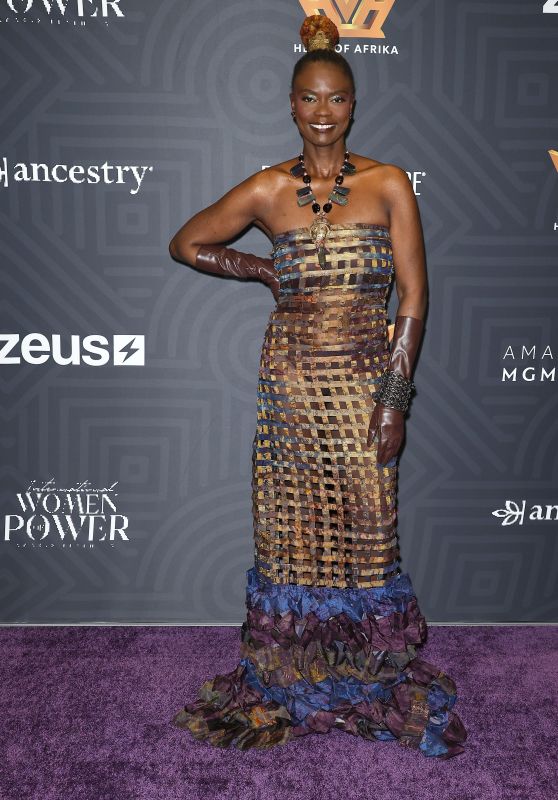
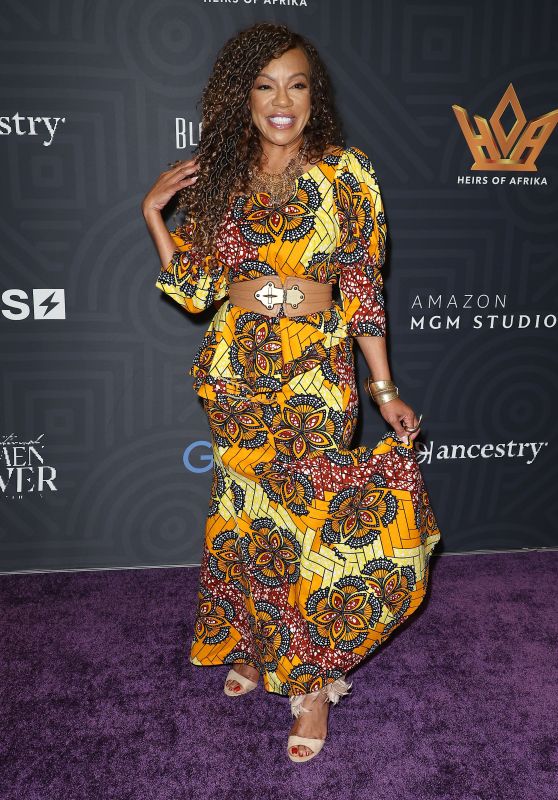



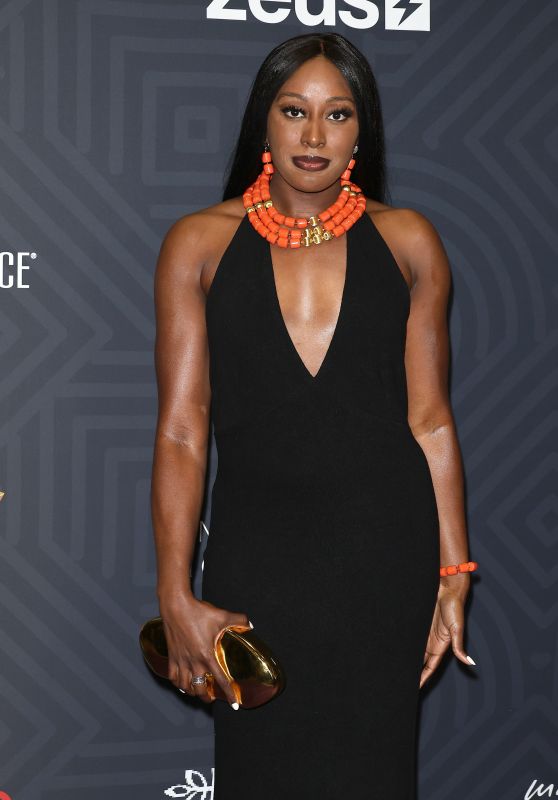

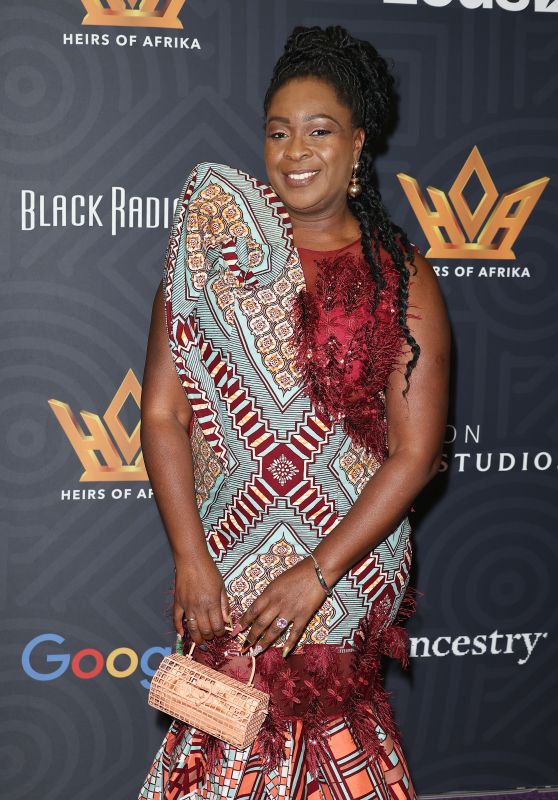
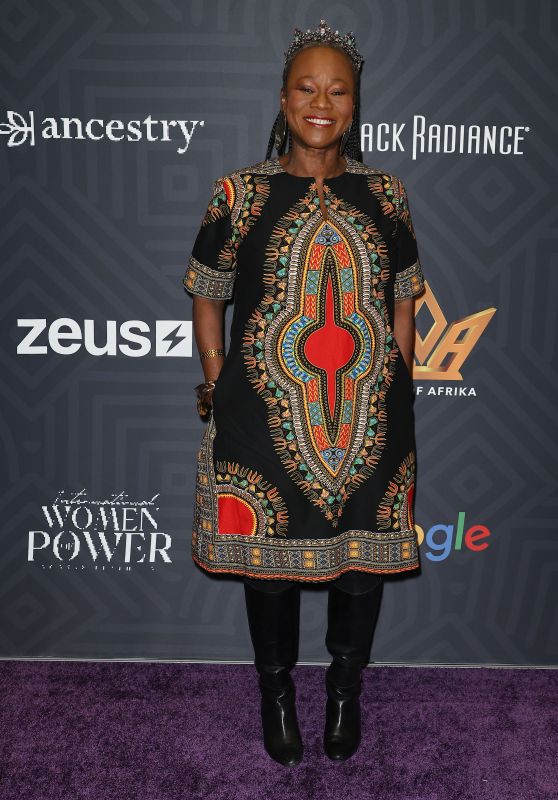







 English (US) ·
English (US) ·